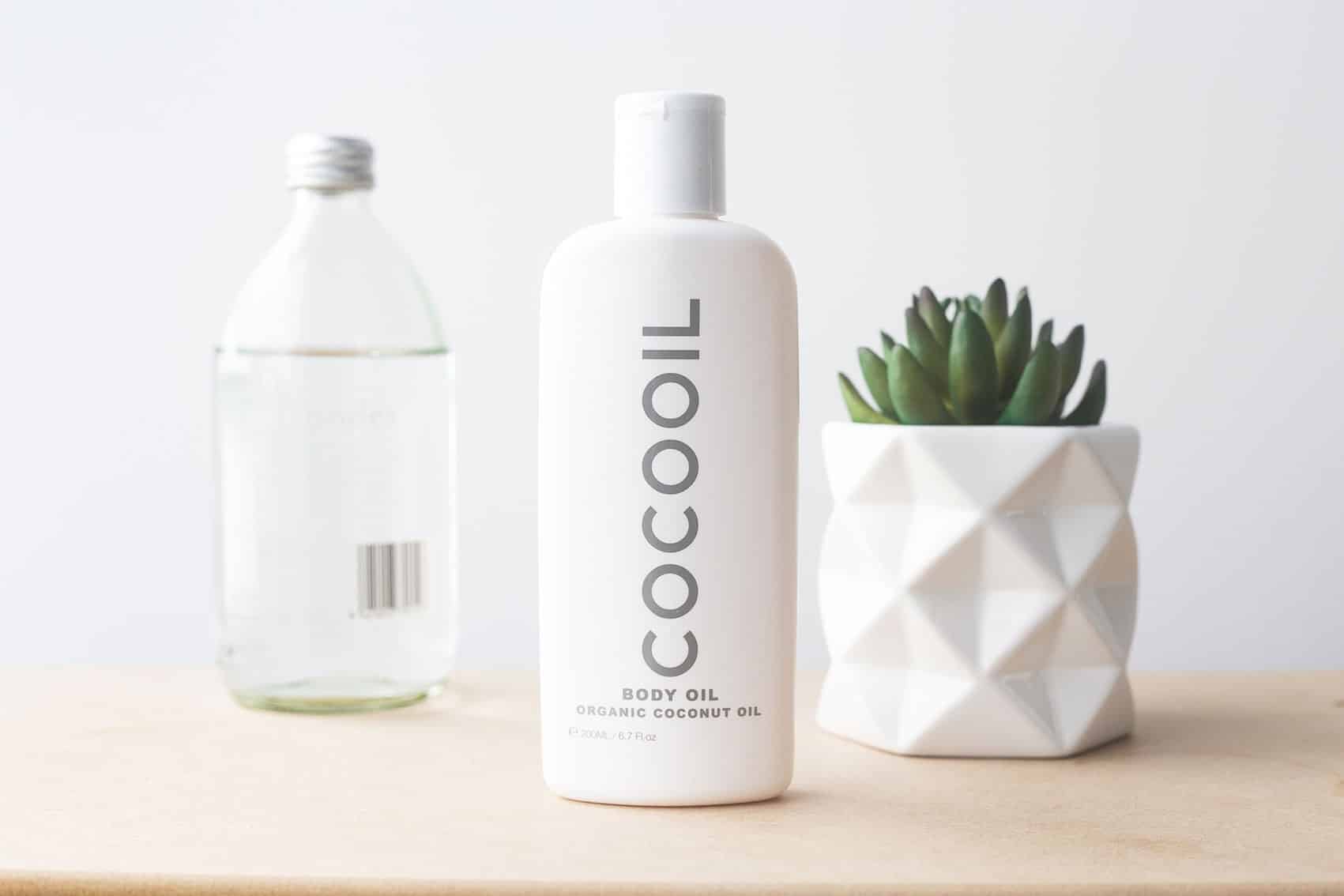Giving your hair what it craves can be easy. Split ends require a snip, greasy hair needs a wash and dry hair needs a little nourishment. But sometimes, it’s a little more complicated. So what can you do when you and your locks aren’t speaking the same language?
Taking a little time to get to know your hair and what it needs to look its best will reward you with more good hair days than you’ll know what to do with. Read on for expert tips, tricks and hero products that’ll have you swishing your way through the week.
Dar o seu cabelo o que anseia pode ser fácil. As pontas duplas requerem um recorte, o cabelo oleoso precisa de uma lavagem e o cabelo seco precisa de um pouco de nutrição. Mas às vezes, é um pouco mais complicado. Então, o que você pode fazer quando você e seus bloqueios não estão falando a mesma língua? Dedicar um pouco para conhecer o seu cabelo e o que ele precisa para ficar com a melhor aparência o recompensará com mais dias de cabelo do que você saberá com o que fazer. Leia sobre dicas de especialistas, truques e produtos de heróis que farão você abrir caminho durante a semana.
1. Match your hair routine to your type
Think about the way you treat your favorite wool jumper or silk shirt. You wouldn’t wash them on any old temperature with any old product, would you? Treat your tresses to the same level of care by tailoring your routine to suit your hair type. Identify whether your mane is dry, greasy, damaged, or unmanageable and keep that in mind when selecting products and trying out styling techniques.
Pense na maneira como você trata seu suéter de lã favorito ou camisa de seda. Você não iria lavá-los em qualquer temperatura antiga com qualquer produto antigo, você faria? Trate seus cabelos para o mesmo nível de cuidado, adaptando sua rotina para se adequar ao seu tipo de cabelo. Identifique se sua juba está seca, oleosa, danificada ou incontrolável, e tenha isso em mente ao selecionar produtos e experimentar técnicas de modelagem.
2. Treat your hair as you would like to be treated
It sounds obvious but when you lead a hectic life, making sure your hair is getting the nourishment it needs can come last on the list in comparison to more pressing issues, like what you’re going to have for breakfast that morning. But! If you’re stressed, so is your hair.
So how to combat it? Top hair stylist Jason Hall recommends regular deep treatments. “Moisture shampoos and conditioners are best used with a regular bi-weekly or monthly treatment to feed that thirsty hair,”
Parece óbvio, mas quando você leva uma vida frenética, garantir que seu cabelo esteja recebendo a nutrição de que precisa, pode vir a ser a última da lista, em comparação a problemas mais urgentes, como o que você vai fazer no café da manhã. Mas! Se você está estressado, o mesmo acontece com seu cabelo. Então, como combatê-lo? O cabeleireiro Jason Hall recomenda tratamentos profundos regulares. “Shampoos e condicionadores de umidade são melhor usados com um tratamento regular bi-semanal ou mensal para alimentar aquele cabelo sedento”
3. Avoid Grease
“If you use a shampoo that is strong on greasy hair, you may find that it will strip too much natural oil from your scalp, causing it to release even more and make your hair greasy again,” celebrity hairdresser Stuart Phillips explains.
The trick is to find a shampoo that gently removes your natural oils. “The best shampoos for greasy hair are specially formulated to remove natural grease without damaging the hair shaft.” To minimize grease while maintaining natural moisture and shine.
4. Deep Conditioning is the one
If you dye your hair regularly, particularly with bleaching products, then your locks will need extra love. Regular deep conditioning oils and masks are a must, but with a few insider tricks, you can make sure you’re getting the most out of your products. “Try leaving your conditioner on for longer. I would wrap the conditioner [on your hair] in cling film or a plastic cap then wrap a towel around that,” says Phillips. “The cling film will stop it rubbing off on to the towel and the towel helps to keep your head warm.”
Think you need to leave treatments on for hours for them to take effect? Think again. Phillips advises leaving them on for no more than 15 minutes. He explains, “Some people leave the conditioner on all night thinking by morning their hair will look amazing, but that is a waste of time, as it will stop working after roughly 15 minutes.”
“Se você usar um xampu que é forte em cabelos oleosos, você pode descobrir que ele vai retirar muito óleo natural do couro cabeludo, fazendo com que ele liberte ainda mais e torne o cabelo mais oleoso”, explica o cabeleireiro de celebridades Stuart Phillips.
O truque é encontrar um xampu que remova suavemente seus óleos naturais. “Os melhores shampoos para cabelos oleosos são especialmente formulados para remover a gordura natural sem danificar o eixo do cabelo.” Para minimizar a gordura, mantendo a umidade e o brilho naturais.
5. Be smart about tricky-to-style hair
It’s easy to spend hours battling thick or super curly hair. Hall recommends saving yourself the stress by minimizing how much you touch your hair and letting a styling product do the hard work for you.
He says, “Controlled smoothing products are best. After shampooing it’s important not to comb or brush and especially no towel rubbing! Left to dry naturally is always the best but if time doesn’t allow, diffuser attachments for hair dryers give heat without the blow power.”
É fácil passar horas lutando com cabelo grosso ou super encaracolado. Hall recomenda poupar o estresse, minimizando o quanto você toca o seu cabelo e deixando um produto de estilo fazer o trabalho duro para você. Ele diz: “Os produtos de alisamento controlados são os melhores. Após a lavagem, é importante não pentear ou escovar e, especialmente, não esfregar as toalhas! Esquerda para secar naturalmente é sempre a melhor, mas se o tempo não permitir, acessórios de difusor para secadores de cabelo dão calor sem o poder de sopro. ”






